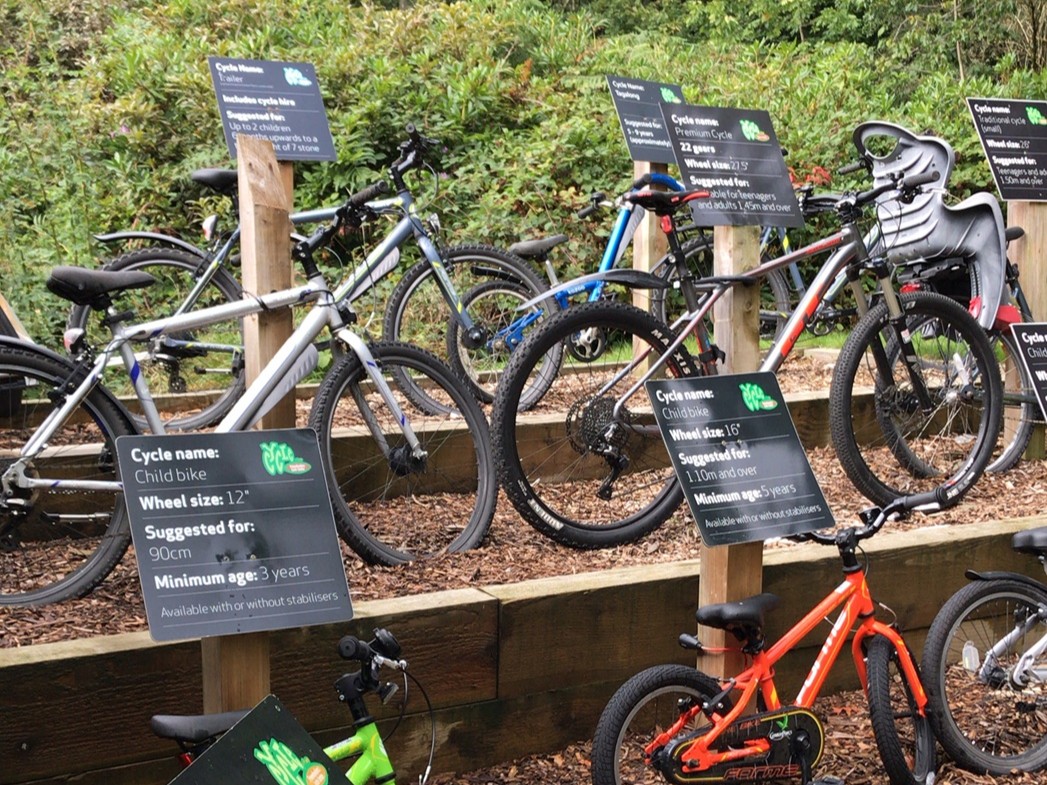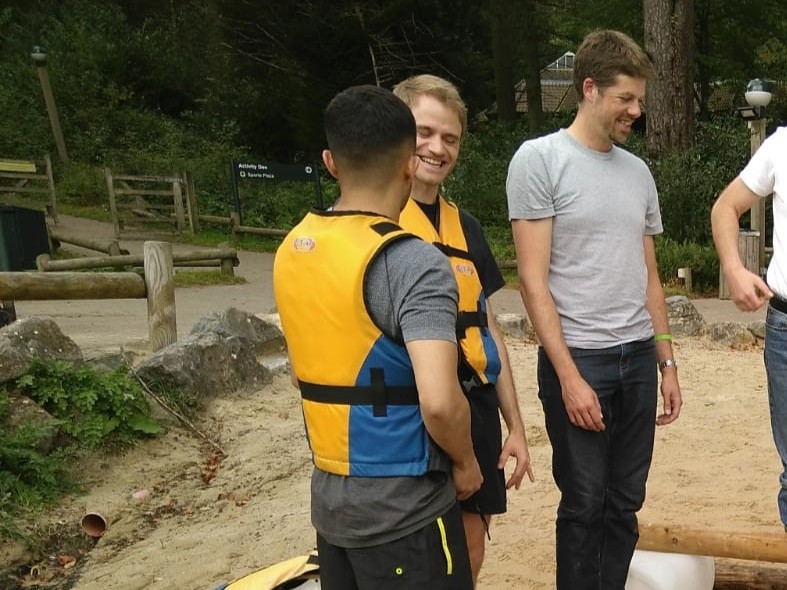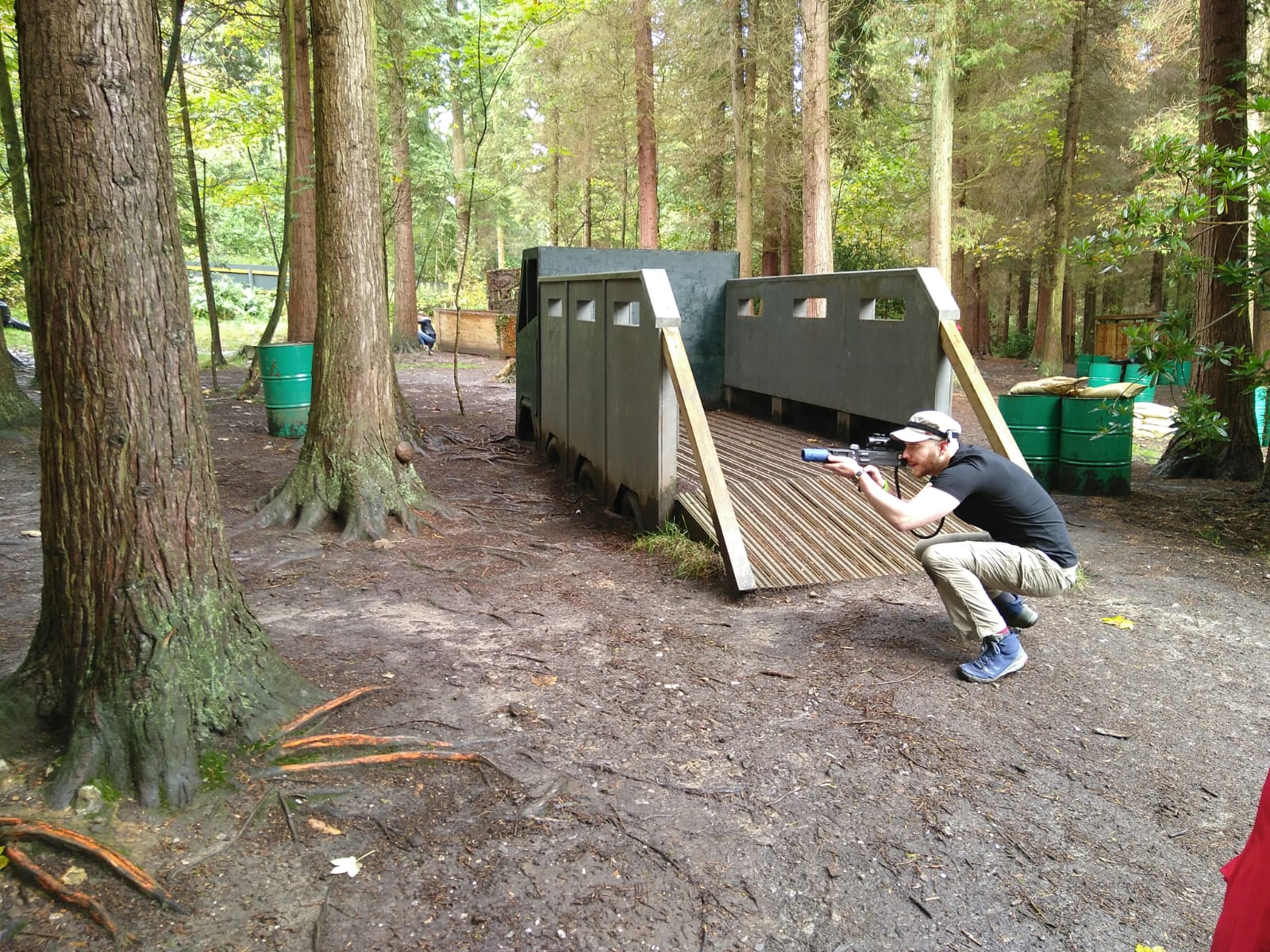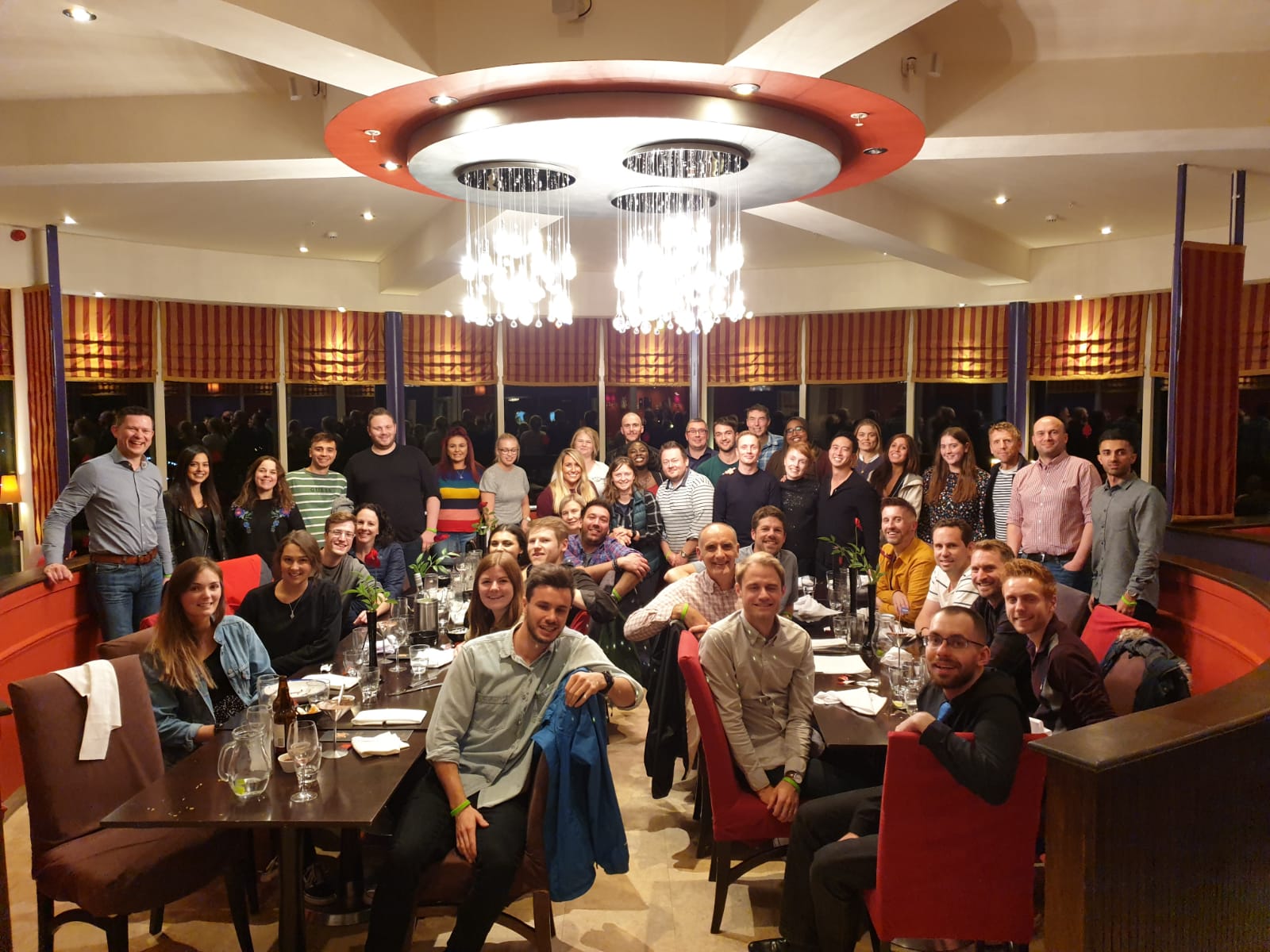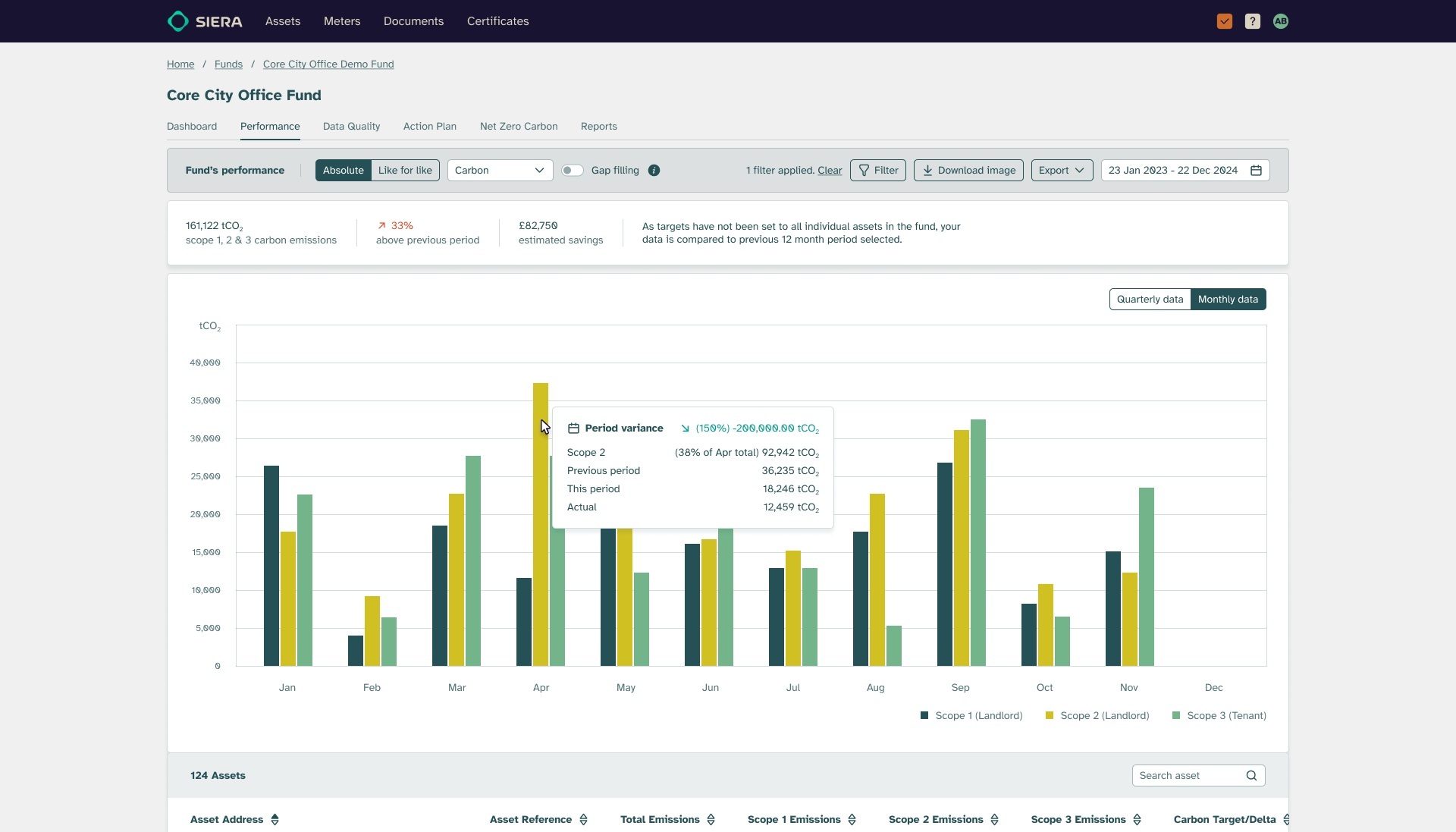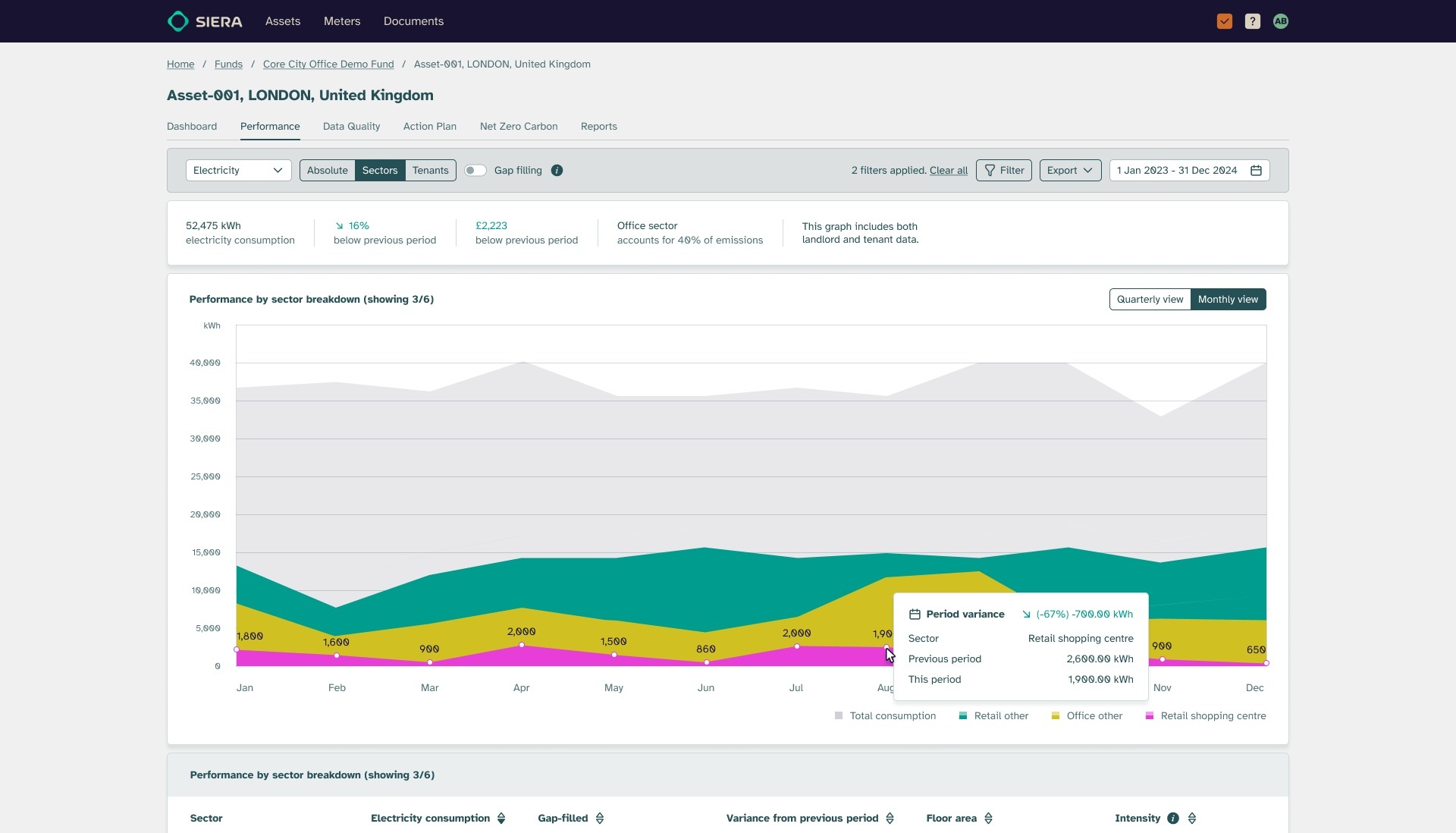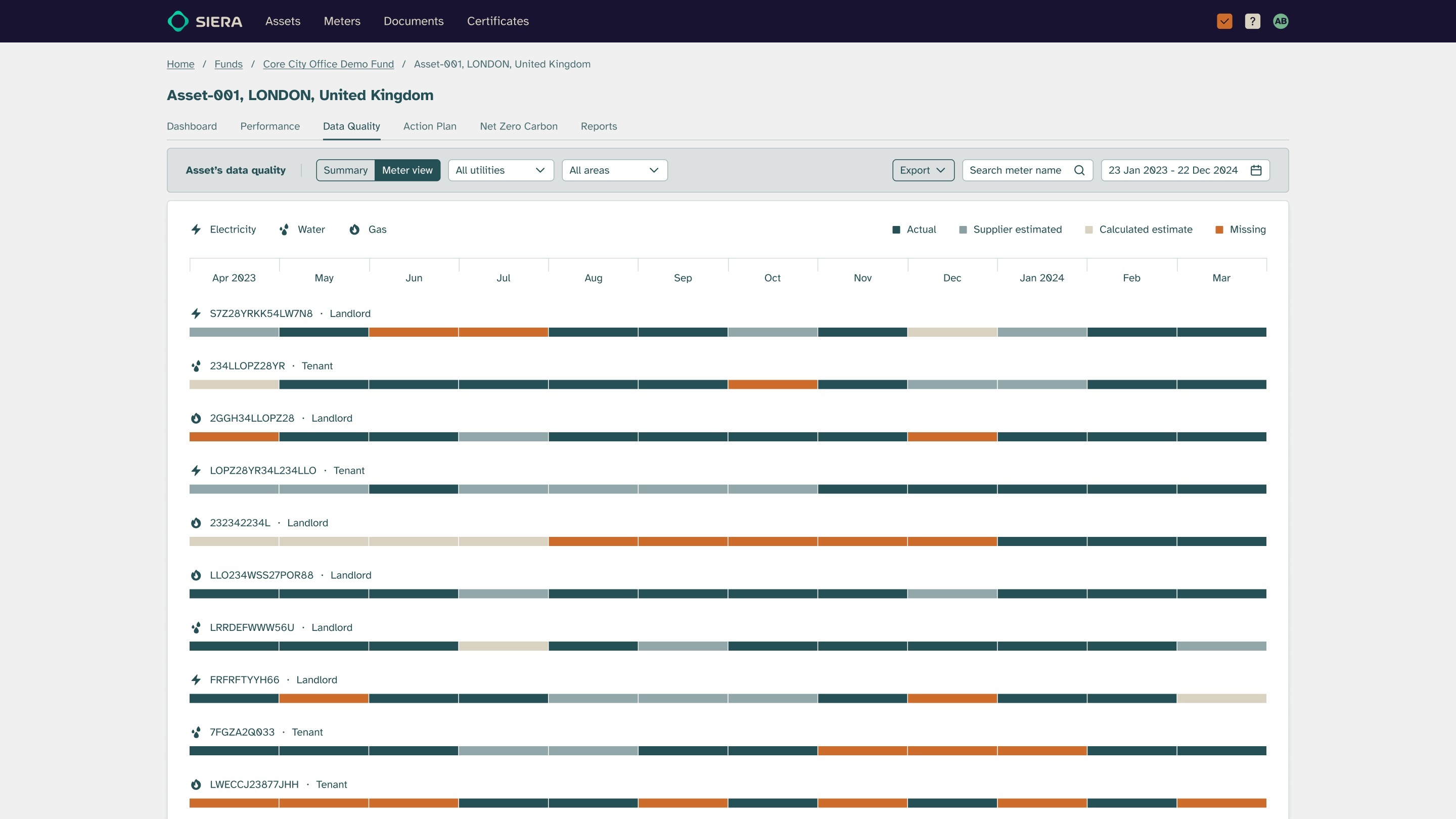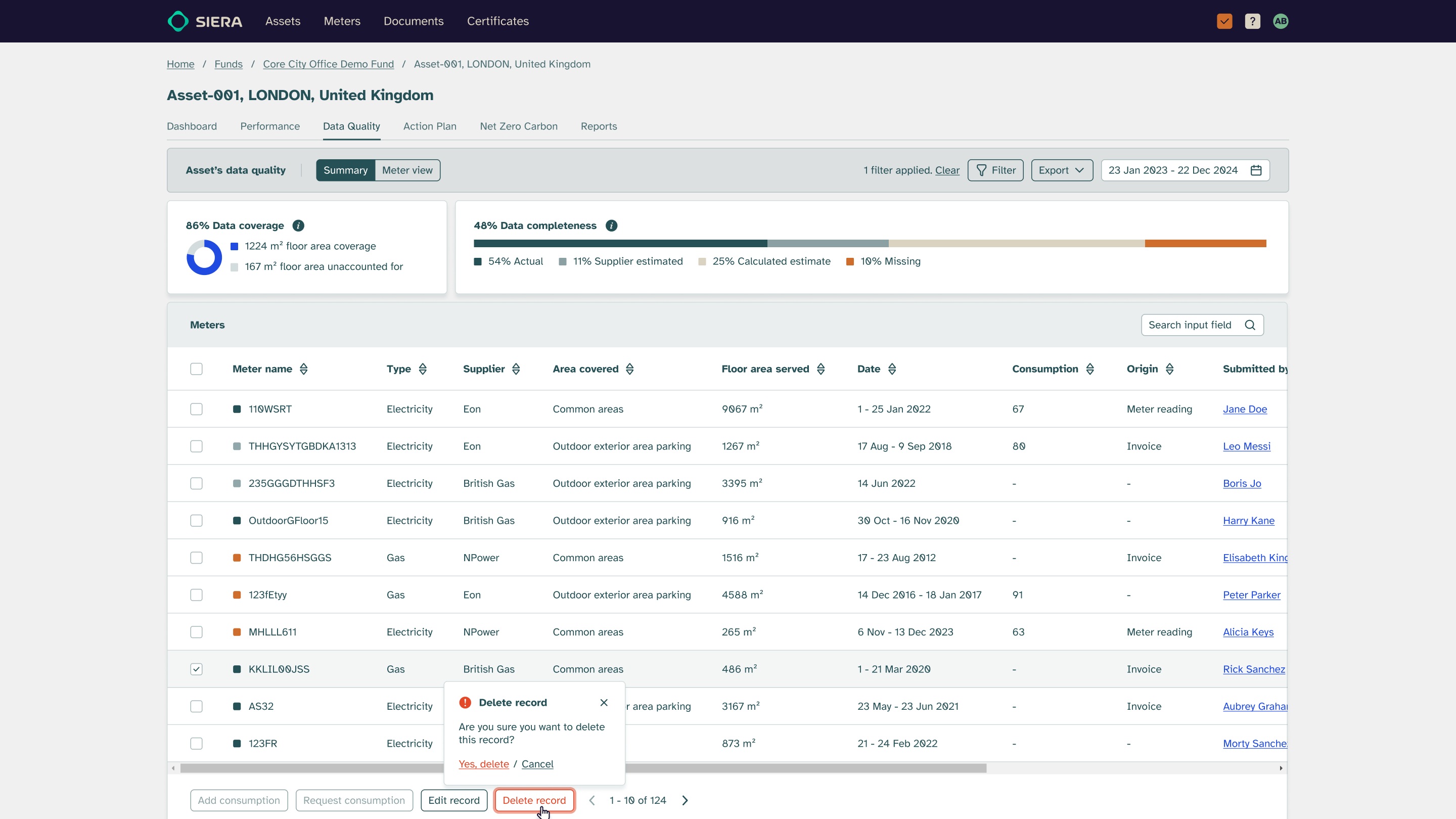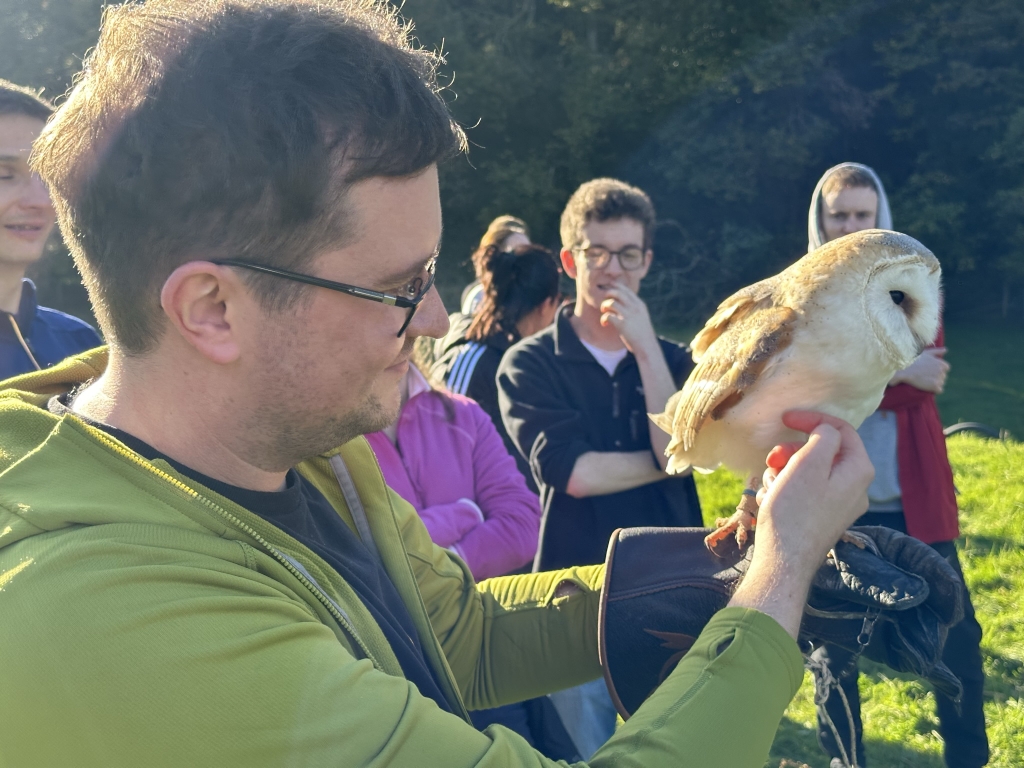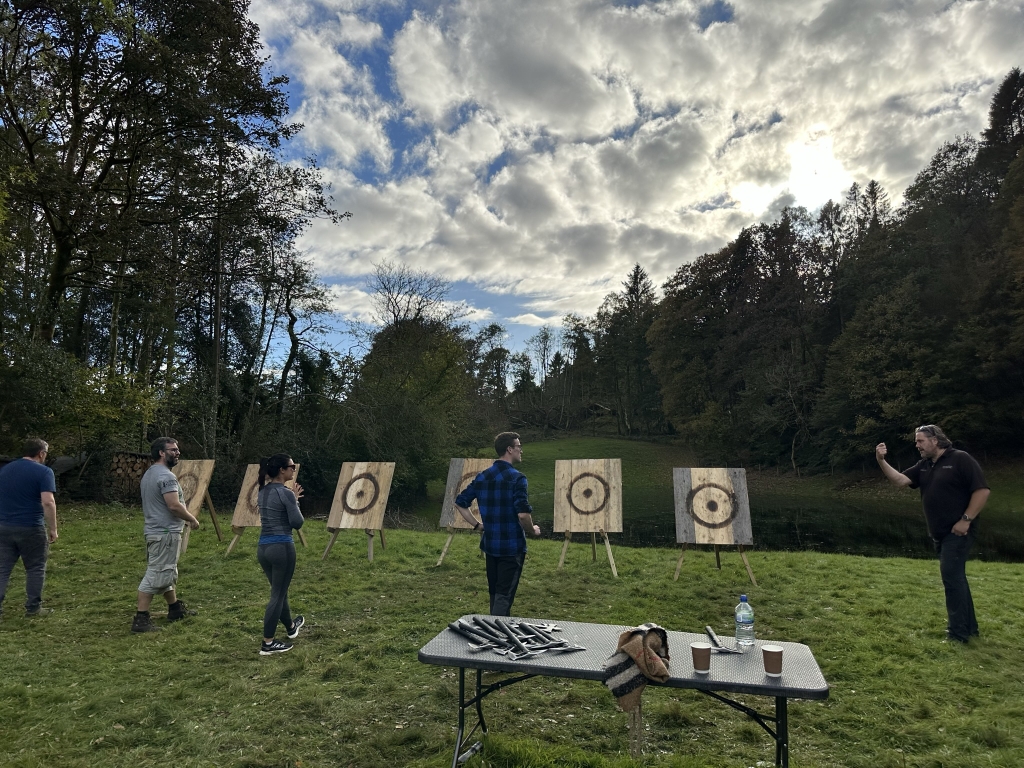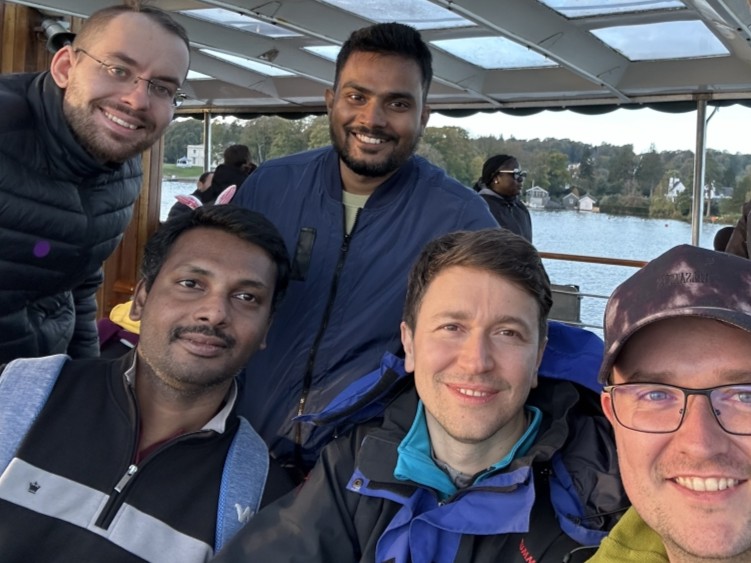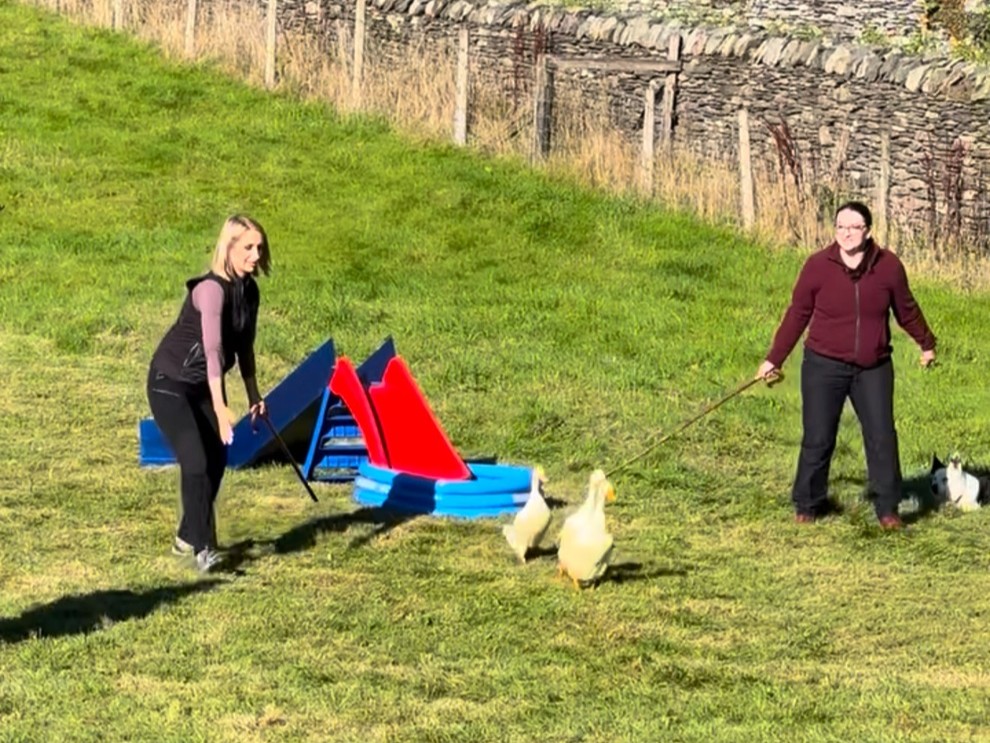Enterprise ESG Real Estate SaaS
"How to build a scalable SaaS" or "How to transform a consultancy into a software-driven business"
I started this project with the hope of helping a business and its people to grow. We did that and much, much more. When I joined, the company had just moved to the cloud, but it was still heavily focused on its consultancy model. The company was small, spread between London, Birmingham and Bolton, and looking to grow. I was looking to help a startup grow and succeed by implemnting best practice and to build software teams which enjoyed their work and thrived in a positive environment. It was a perfect match.
Early Challenges and Growing Pains
The first few years were spent tackling the core issues of a consultancy-driven business. The business was initially centred around the needs of its consultancy, and product features came directly from requests from consultants, with no user research or validation. One of the founders had a friend who was a software developer and over the previous 5 years, they'd built an application for managing the business data using Sencha, a javascript-based UI framework that specialises in creating Microsoft Office-style web applications.
This allowed the company to create an application with familiar Excel-style spreadsheets, with graphs, edit dialogs and other common business UI elements.
While sufficient to do the job, the application suffered from growth issues common to startups, especially those that haven't invested in user research or interface designers and relied only on developers. UI inconsistencies were rife, such as four different ways to filter data depending on the screen, or features working one way on one screen but differently on another. During its development, SQL database consultants were brought in to help, and so a large part of the business logic existed in stored procedures, and there was little to no automated test coverage, making releases a manual task involving manual testers.
Software as a Revenue Stream
It's not difficult to see that once a business creates a tool that its own employees use to create value, the logical next thought is whether or not the same tool could help others to create value - and how much they'd pay for it. Once software is created, it can easily feel like an untapped revenue stream, even if it wasn't created for that purpose.
Unfortunately, common as this may be, it's an easy trap to fall into. User segments and potential customers may want to handle the same data in different ways, and to achieve different results. Software created for internal users will have very different requirements in terms of security, scability and usability. Without a clear vision and good understanding of a target market, a business can be flying blind, spending a lot of money on development without a metric to gauge progress towards a goal. This can easily create a stressful work environment, where misses can cause friction and blame.
Luckily for the founders, the managing director and principal founder was an eminently kind, considerate, and patient person - a natural leader. This made a huge difference to how the change from internal-focused application to a SaaS model was handled. The founder was well-liked and created a workplace where people would speak highly of the culture as being one of the reasons they liked it there.
In 2019, just prior to Covid, the whole company went to Center Parcs Longleat Forest for a few days. Given we generally worked separated, it was a great chance to spend some time together.
The Pivot to SaaS
When the business decided to commit funds to the pivot to SaaS, the first task was to increase the pace of development with more teams. In the time I was there, we had already grown modestly with UK-based staff, but in order to increase the pace, I used two offshoring models. The first was to hire staff in India through an employer-of-record making the Indian staff part of the company. This allowed the consultancy side of the business to use the same agency to also hire assistant administration staff in Romania. The second was to also enlist the services of an outsourcing agency, which provided teams without them being part of the company. The end result however was somewhat the same as all the teams worked together in the same Teams environment, following the same processes.
This was in 2020 and just after the start of Covid. As the company was split, its transition to a remote-first company was somewhat easy as online meetings were used to connect between offices anyway. Nevertheless the teams did amazingly well to adapt and even grow through the transition while also dealing with the global pandemic.
In order to speed up the pivot we also brought in an external design agency to help come up with the new SaaS-focused direction. The design agency helped with UI design, user exploration and defining the customer segments the new SaaS was going to face.
Technical upgrades
To plan for the new direction, we also had a program of technical work we had to get through. Aspects like planning for scalability, security and privacy of external user's data became important. Because of the difficulty finding development staff with experience in Sencha, and also the lack of automated test coverage in the legacy application, we took the opportunity to begin a new back-end API project with automated testing included from the start. We also started the new front-end using React, as the development team chose the framework due to its popularity, and it was easier finding developers with experience.
We moved to TeamCity and Octopus to improve the CI/CD pipelines and overhauled the software development process to include the new automated testing and to move away from manual tests during releases. We used ConfigCat to use feature flags to improve deployment cadences and have beta testing with a cohort of external users for smoother releases. We connected TeamCity and Octopus to Atlassian Jira to provide better metrics and reporting around deployments and releases, with the aim of achieving release version to code commit traceability. To improve observability we moved to New Relic which could report infrastructure data about scalability and performance and also feedback for code performance and get ahead of any issues.
Security became a major focus both in terms of secure design and secure development practices, and we used security experience on the team to do training sessions. As we were facing enterprise clients, we enlisted the help of Bridewell to achieve ISO 27001 compliance. Luckily a lot of the groundwork we'd already put in place by then meant it was a question of documentation more than any process change.
Navigating Investment and Cultural Shifts
As the consultancy grew and the SaaS platform gained traction (indeed whilst Covid was happening), the business attracted investor interest and managed to receive substantial investment from an ethically-minded private equity company. I worked with the investors to handle their due dilligence process which was a proud moment where our work pivoting was vetted by external professionals to ensure the investment was sound, and we received high praise.
As a final get together before the investment closed, the whole company was taken to Lake Windermere in the Lake District for a few days of activities and a black-tie event to celebrate the collective achievements. The company paid to bring over all offshore staff from India and Romania, which gave everyone the opportunity to meet up in person and spend some time together.
With the increase of pace post-investment we also tackled legacy issues such as data governance and quality. The legacy application had plenty of holes in its processes so we followed DARMA-DMBoK principles to begin the transition to a mature data company. Technically I designed our architecture for pipelines using AWS Glue to implement a new data model which incorporated data quality, and timely, scalable provision of data to a presentation layer the business could use.
We also implemented two pilot LLM-based projects (this was 2023-24 so only a year after ChatGPT came to fame) which were valuable both in terms of the lessons learned but also the result. The first was using OpenAI's models to parse PDFs containing billing information. This information can vary in its format and location bill-to-bill, and the LLM was fine-tuned to be able to recognise many formats. The second was a Langchain application to provide internal support to customer success staff when working with users.
Unfortunately a year after the investment the founder left, leaving the company somewhat in the hands of investors. This led to a significant culture shift as new leadership sought to drive the business forward with a more corporate mindset. The transition was not without its challenges, as adapting to new expectations and priorities required careful navigation.
Impact and Lessons Learned
Through this journey, the company transformed from a small consultancy into a fully-fledged SaaS provider. The introduction of best practices in software development, delivery, compliance, security, and cloud infrastructure played a crucial role in making this possible. While the transition was complex, it proved that with the right foundations, even a company rooted in consultancy can successfully pivot to a software-driven business.
I left the company as Head of Software Engineering having guided the teams through a difficult time (Covid) and transition from a small start up of around 40 to a private-equity invested corporate of over 250 staff.
Looking back, this project was not just about building a SaaS product; it was about reshaping a company’s future. It was a testament to how the right combination of technology, people, and processes can drive meaningful growth and innovation.








